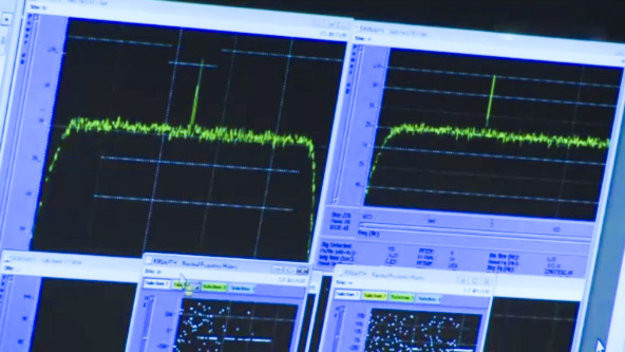What Next For Comet Chasing Rosetta Spacecraft After Waking Up from Cosmic Nap?

The Rosetta spacecraft was successfully woken up from its hibernation by scientists at the European Space Agency, but what is now in store for the comet-chasing spaceship?
Rosetta is currently chasing down the Comet 67P/Churyumov-Gerasimenko. At present, it is nine million kilometres from the comet.
The spacecraft had been in a cosmic slumber for 31 months and its pre-programmed internal alarm clock woke it up, after which it sent a signal to the ESA to say "Hello, world", informing experts it had survived the most distant part of its journey.
Rosetta will now become the first space mission to rendezvous with a comet by landing on its surface, and the first to follow a comet as it swings around the sun.
Comets are thought to be the primitive building blocks of the solar system and most likely led to water on Earth and potentially the origins of life. However, questions about comets have remained unanswered because of a lack of exploration.
Matt Taylor, ESA's Rosetta project scientist, said: "All other comet missions have been flybys, capturing fleeting moments in the life of these icy treasure chests. With Rosetta, we will track the evolution of a comet on a daily basis and for over a year, giving us a unique insight into a comet's behaviour and ultimately helping us to decipher their role in the formation of the Solar System."

Alvaro Giménez, ESA's director of Science and Robotic Exploration, added: "With Rosetta, we will take comet exploration to a new level. This incredible mission continues our history of 'firsts' at comets, building on the technological and scientific achievements of our first deep space mission Giotto, which returned the first close-up images of a comet nucleus as it flew past Halley in 1986."
The first images of 67P/Churyumov-Gerasimenko are expected to be sent back from Rosetta in May, when the spacecraft is around two million kilometres from the comet.
At the end of May, Rosetta will pull off a major manoeuvre to line up with the comet so it can land on its surface in November.
Before landing on the comet, Rosetta will undertake two months of extensive mapping of the comet's surface, taking measurements of its gravity, mass, shape, atmosphere and gasses.
From this data, scientists will decide a landing site for the spacecraft. As well as scientific measurements, images of the comet will be sent back and the Philae on-board laboratory will drill down to look for ice and organic material.
Rosetta will stay with 67P/Churyumov-Gerasimenko as it moves closer to the Sun, monitoring its ever-changing conditions as it warms up and the ice melts. It will reach perihelion (the closest point to the Sun) on 13 August 2015.
Taylor added: "We will face many challenges this year as we explore the unknown territory of comet 67P/Churyumov-Gerasimenko and I'm sure there will be plenty of surprises, but today we are just extremely happy to be back on speaking terms with our spacecraft."
© Copyright IBTimes 2025. All rights reserved.






















